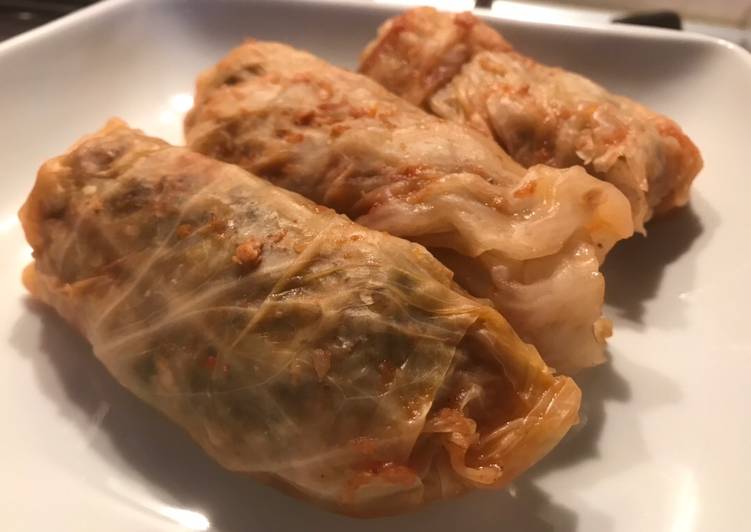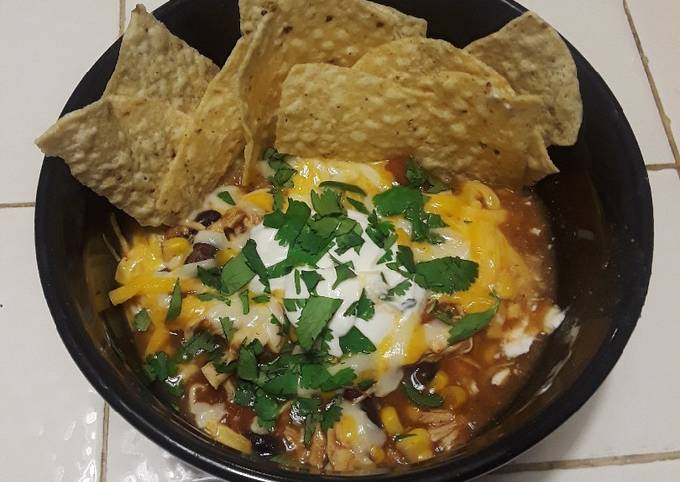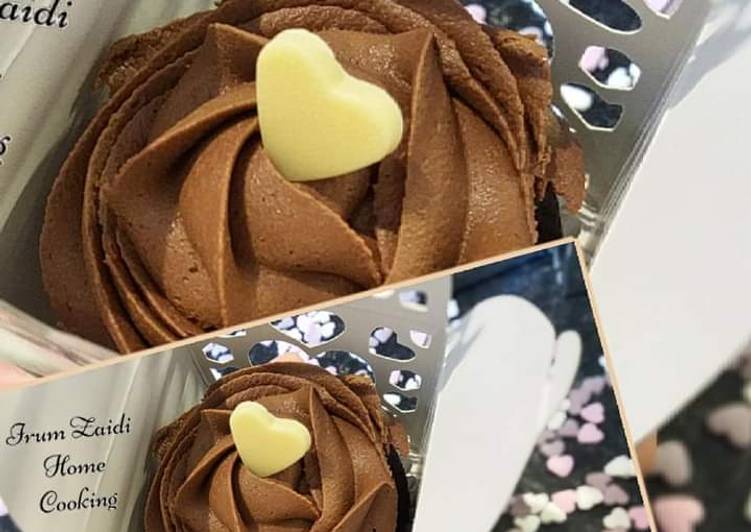
Hey everyone, I hope you’re having an incredible day today. Today, I will show you a way to prepare a special dish, vegan sarmale (stuffed cabbage leaves). It is one of my favorites. This time, I am going to make it a little bit unique. This is gonna smell and look delicious.
Free UK Delivery on Eligible Orders New To QVC? Place any small or torn ones onto the bottom of a large pan or casserole dish. Remove the central ribs from the leaves, and put those in the pot too. Vegan Sarmale (stuffed cabbage leaves) Balint Dezso.
Vegan Sarmale (stuffed cabbage leaves) is one of the most favored of recent trending meals in the world. It’s enjoyed by millions daily. It is simple, it’s fast, it tastes delicious. They’re nice and they look wonderful. Vegan Sarmale (stuffed cabbage leaves) is something that I’ve loved my whole life.
To get started with this particular recipe, we have to prepare a few ingredients. You can cook vegan sarmale (stuffed cabbage leaves) using 15 ingredients and 9 steps. Here is how you cook that.
The ingredients needed to make Vegan Sarmale (stuffed cabbage leaves):
- Take 500 ml tomato sauce
- Prepare 300 g short grained rice
- Take 1 whole pickled cabbage
- Get 1 large onion
- Make ready 1 large carrot
- Take 500 g mushrooms
- Take 100 g dried soy mince
- Take 2 tbsp salt
- Get 1 tbsp coriander
- Take 1⁄2 tbsp black pepper
- Prepare 1 tbsp thyme
- Prepare Freshly chopped dill
- Make ready 2-3 bay leaves
- Get 1 tbsp sweet paprika
- Make ready 1 tbsp sunflower oil
Heads of cabbage are de-cored and submerged in brine together with spices such as horseradish and dill crowns. Fermented cabbage heads are also eaten elsewhere in the region and can be found in some Eastern European grocery stores. This hearty vegan stuffed cabbage is the ultimate comforting meal. Cabbage rolls are filled with lentils and cauliflower rice, covered in a homemade sweet and sour sauce and baked to perfection.
Instructions to make Vegan Sarmale (stuffed cabbage leaves):
- Rinse the rice and let it soak for 15 minutes.
- Cut up the mushrooms, onion, carrot using a food processor.
- Add the oil to a pan and sauté the the vegetables for about 10 minutes. Also add thyme, dill, salt, pepper and coriander.
- Add the rice and minced soy with about 400ml of water and cook for about 5 minutes. Let it cool while you prepare the cabbage.
- Cut out the core of the cabbage and carefully separate the leaves. Rinse the leaves using cold water.
- Place some cabbage at the bottom of a pot.
- Add 1-2 tbsp of stuffing to each leaf and roll them up making sure to tuck in the sides at the end.
- Place the rolls on the bed of cabbage bits in the pot. Add the bay leaf and the paprika on top of the roles and pour the tomato sauce in as well. Make sure to add enough water to cover all the rolls.
- Cover the pot and bring to a boil on low heat for 2-3 hours. Make sure you check every so often in case you need to add more water. Here it is important to mention to only add enough water to not burn the rolls through the cooking process.
This hearty vegan stuffed cabbage is the ultimate comforting meal. Cabbage rolls are filled with lentils and cauliflower rice, covered in a homemade sweet and sour sauce and baked to perfection. As a child, I loved the stuffed cabbage my grandmother made. Sarmale are stuffed pickled cabbage leaves with rice, ground meat (pork, chicken, turkey, beef, lamb, or a combination of any of these), seasoning and herbs, cooked until the filling is cooked and the cabbage leaves are tender. If you don't have sauerkraut, you can use raw cabbage leaves, and boil them until tender, so they can be easy to roll.
So that’s going to wrap this up for this exceptional food vegan sarmale (stuffed cabbage leaves) recipe. Thanks so much for reading. I’m confident that you will make this at home. There’s gonna be interesting food in home recipes coming up. Don’t forget to save this page in your browser, and share it to your family, colleague and friends. Thank you for reading. Go on get cooking!


